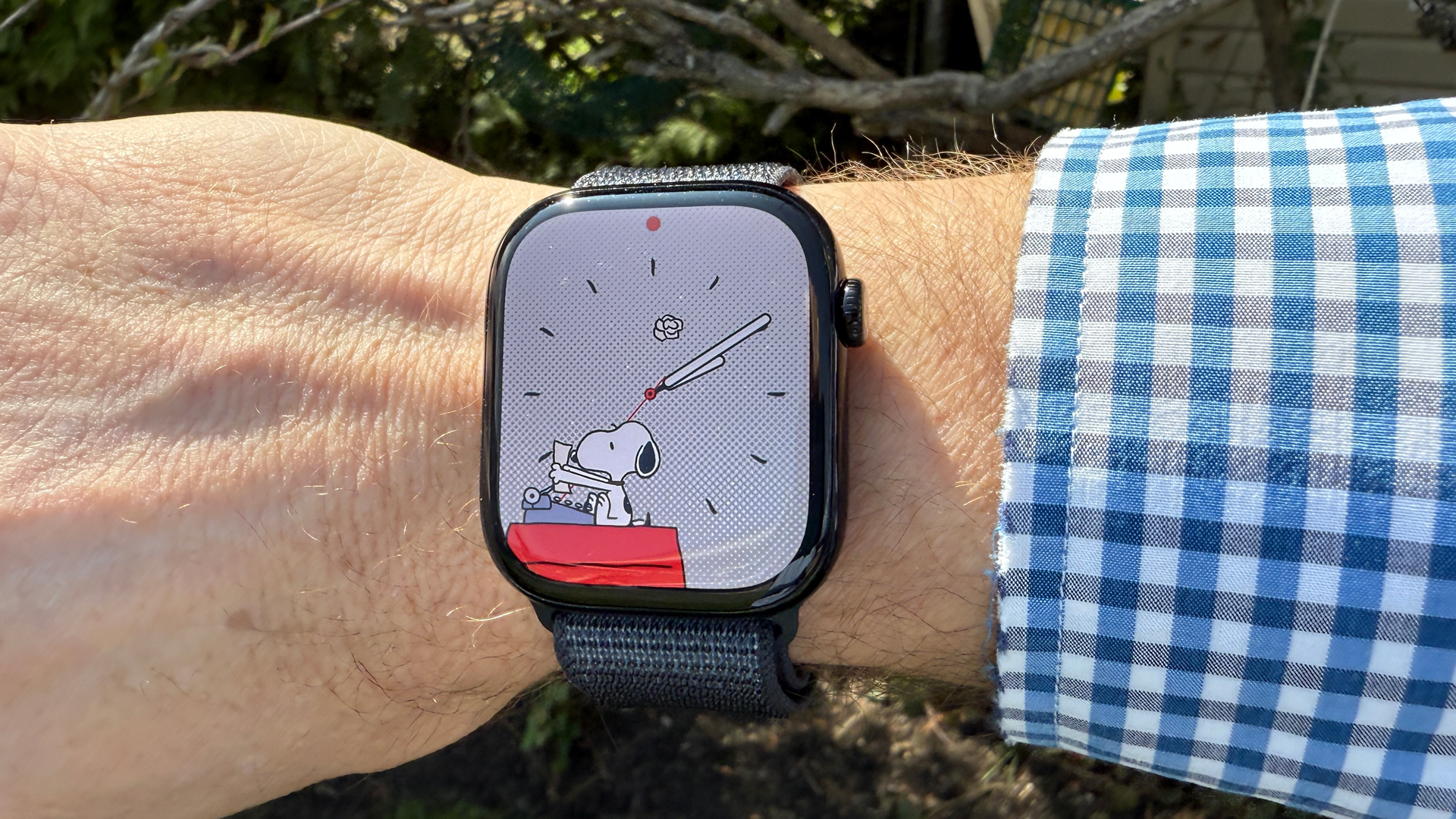
The iPhone lives in my pocket, but only the Apple Watch constantly touches my skin. It even joins me in bed, a level of techno-intimacy I do not afford to other gadgets.
This deep relationship has built slowly over the last decade. While I've been impressed with Apple's smartwatch almost from the moment it was unveiled in in September 2014 and certainly from the moment I first wore it in March 2015 (it finally shipped in April of that year), I did not envision wearing it constantly or how it would change many of my core habits.
There is a distinct difference between how I relate to my iPhone and my Apple Watch. Picking up my best iPhone is like diving into an activity and information lake. I go deep and far, swimming around and engaging with a half dozen or more apps, collecting mail, perusing social media, and Slacking late into the night. The Apple Watch gets regular glances for the time, and when its tapic engine buzzes my wrist, alert notifications.
It's more of a passive relationship, and yet it does move me. I'd argue it's moving millions.
Stand up!
That moment when every Apple Watch at #WWDC2015 told us to stand up. And we can't. pic.twitter.com/oXIDgjDpytJune 8, 2015
With sitting now acknowledged as "the new smoking," the Apple Watch's daily nudges to Stand Up have changed my habits. It's true, I sometimes ignore its entrities, especially at inopportune moments like when I'm at a Broadway show, at the movies, or maybe just sitting through another Apple product launch event. I can't deny, though, that I do feel that twinge of guilt every time I dismiss the message and, more often than not, I stand.
It's helped me track my activities in ways I didn't think were possible or that mattered.
Lord of the Rings
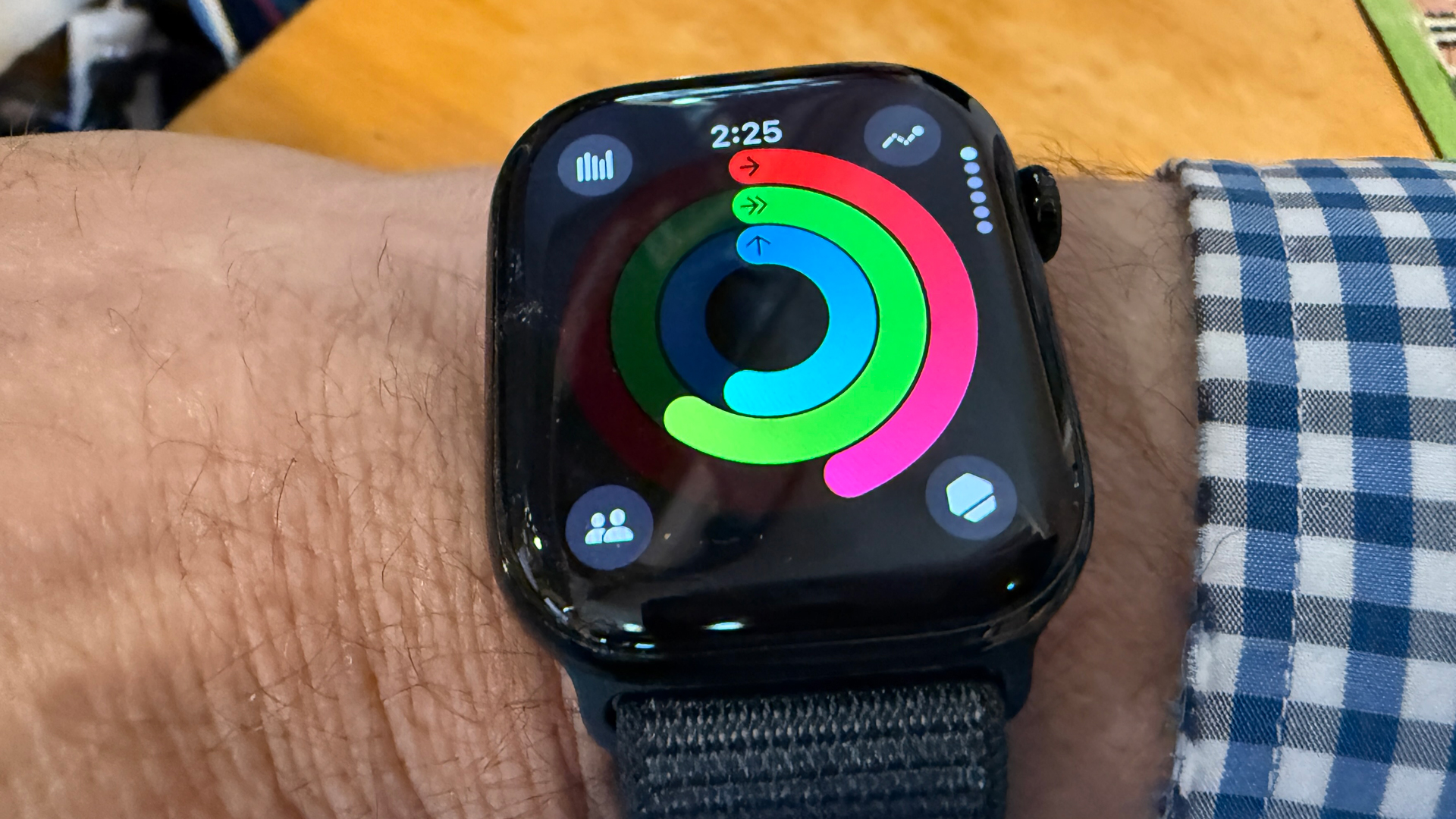
Apple turned Activity Rings into a thing, and the act of closing them is something of a competitive sport. I admit that I do not pay much attention to the intricacies of each ring (Move, Excercise, Stand), but I do feel a twinge of satisfaction every time I close one of them. Closing all of them releases almost as much dopamine as getting dozens of likes on an Instagram post, which means I'm now subconsiously chasing that high.
I know when I haven't closed my rings, or rather, Apple Watch reminds me that there's still a chance to hit that goal.
Working it out
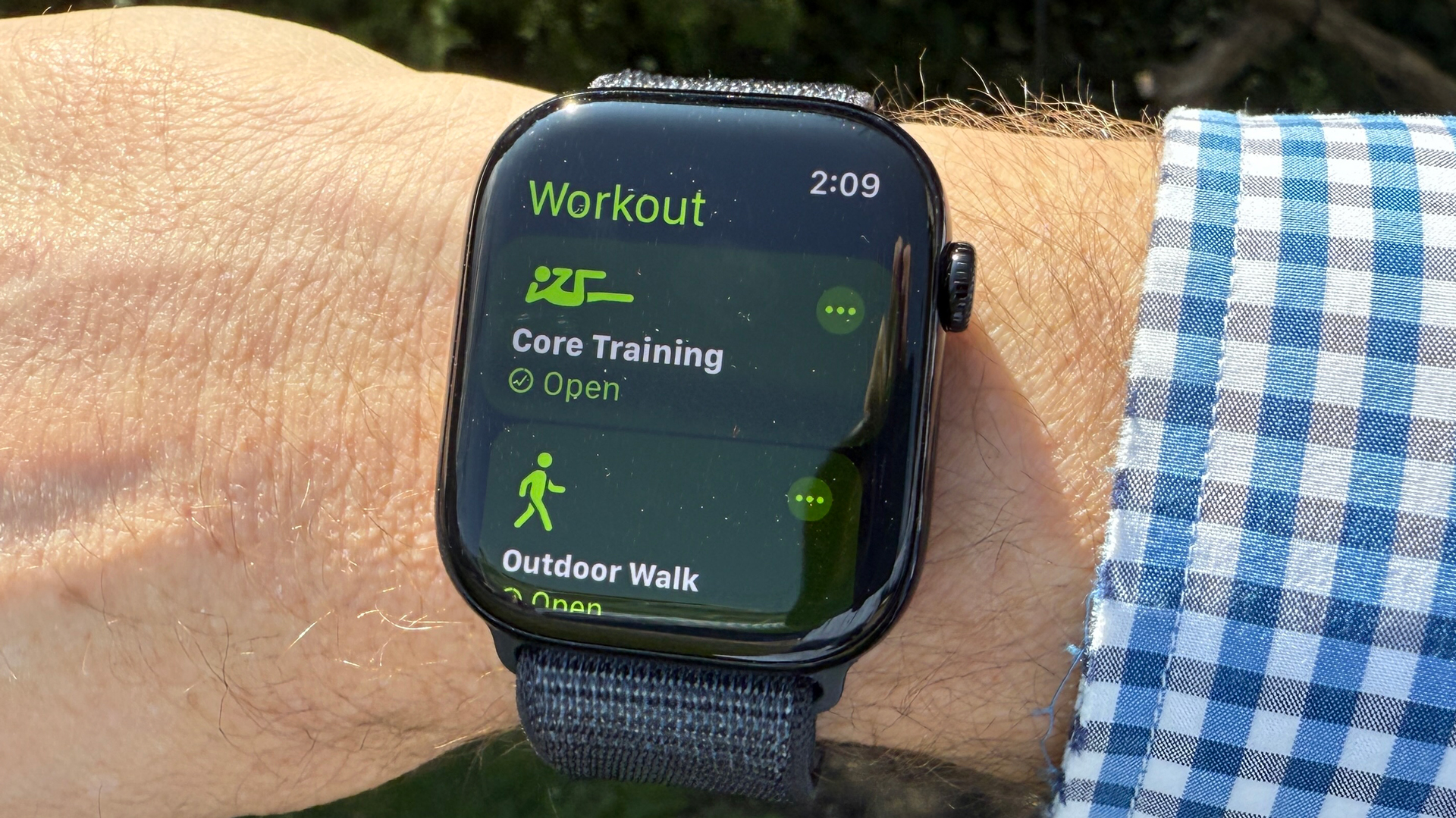
My Apple Watch has changed how I exercise. After decades of doing it without any kind of tracking, I'm now hooked on the stats. I don't do a pushup, pull-up, curl, or crunch without my Apple Watch engaged in an exercise routine (to be fair, I put it all under the catchall "Core Training"). Similarly, I don't take an outdoor walk without my Apple Watch giving me credit for every step, yard, and mile.
Sometimes I wonder, if my Apple Watch didn't track it, did it happen?
The wearable isn't perfect in this regard. While I love how it automatically recognizes a fast 12-minute walk to work and offers to give me credit, it has sometimes given me elliptical credit for vigourously mashing potatoes (come to think of it, maybe that is exercise).
Lost and found
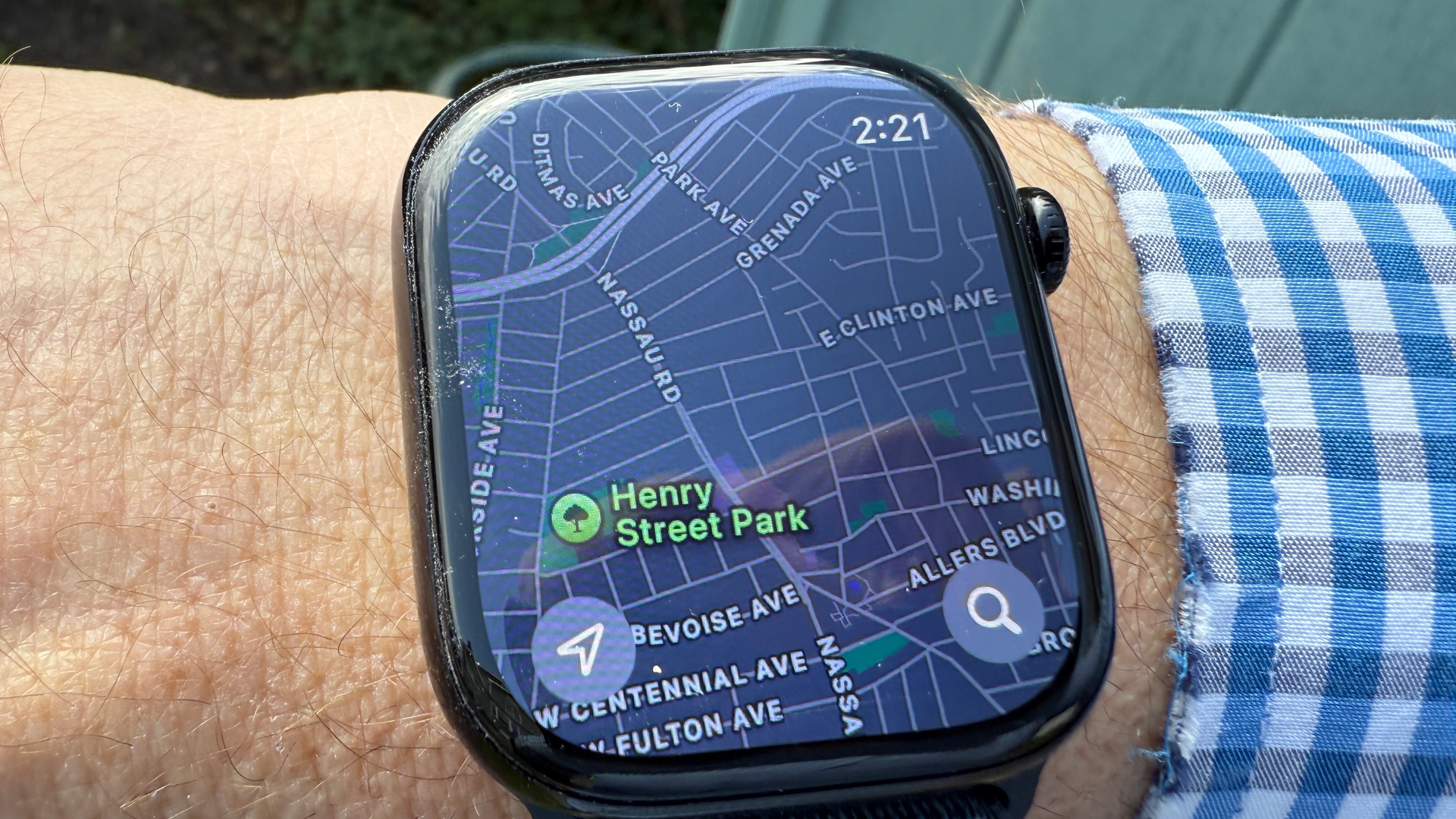
Apple Watch changed how I navigate the world. As someone who gets lost easily, I rely heavily on GPS navigation, whether I'm walking around an unfamiliar city or driving to a far-flung destination. Having glanceable directions on my wrist has been a game changer.
Because my Apple Watch vibrates my wrist before a turn, and I can clearly see the directions on the Watch's small but high-resolution screen, it can look to the untrained eye like I look like I know where I'm going. I still don't, but the Apple Watch leads the way.
Even when I don't need directions but am still traveling, Apple Watch lets me put away paper tickets and even my iPhone, and, like the future guy I am, use my Apple Watch to board my flight. The first time I did this in 2015, my flight attendant smiled at me slyly and then pulled up her sleeve to reveal her own Apple Watch. We were instantly partners in arms.
Sleeping around
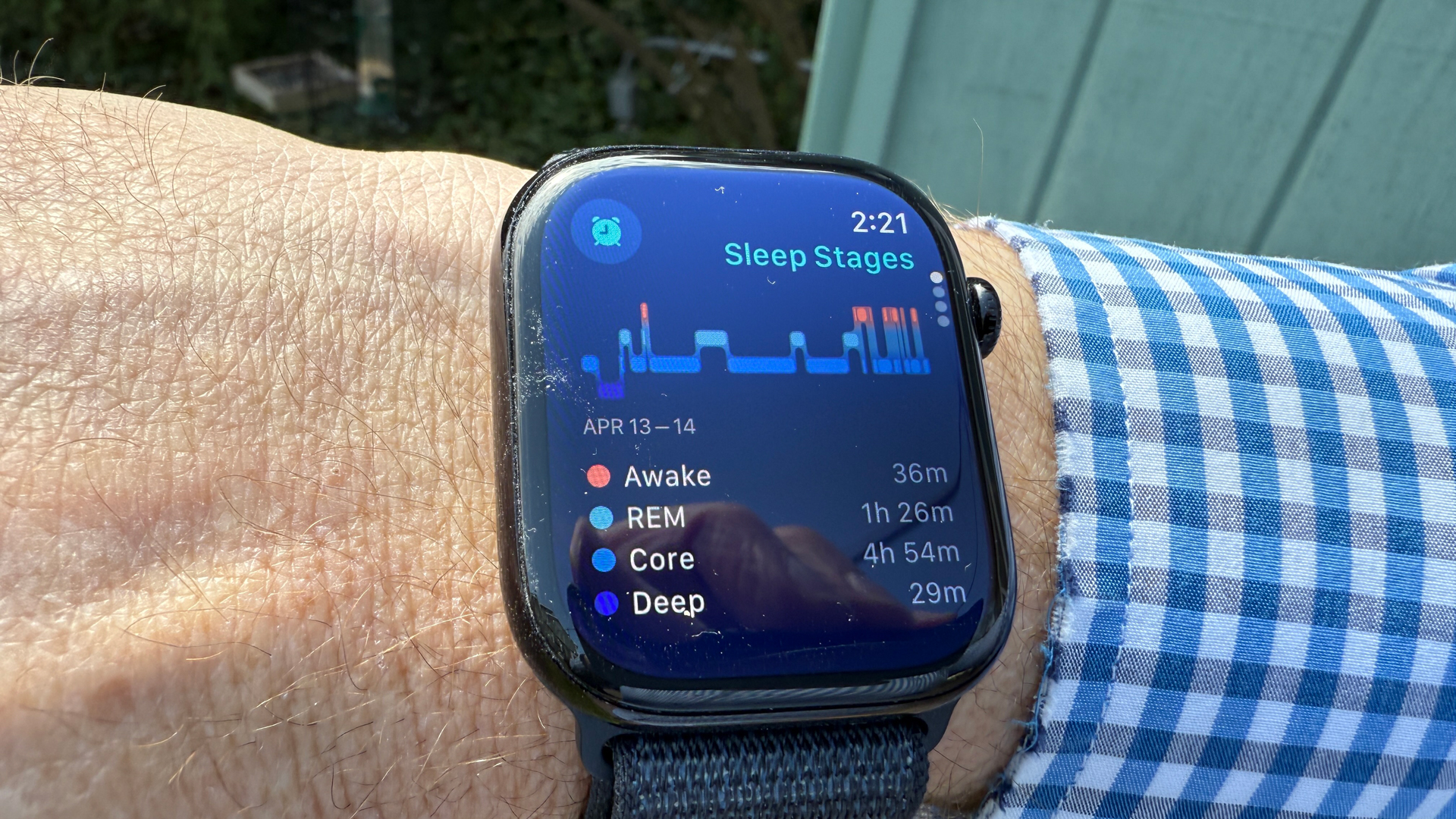
The latest Apple Watch Series 10 even helped me break a cardinal rule: taking technology into the bed. Most smart watches I've tried wearing to sleep are so bulky and uncomfortable that I couldn't imagine sleeping with them (I tried, and it was impossible).
A thinner and lighter chassis makes the Apple Watch Series 10 a reasonable sleep mate. I now slumber almost every night wearing an Apple Watch and while I do not spend much time studying my sleep stats, I do appreciate the reports that I've been hitting my sleep goals. This is based, though, on a metric I set and does not necessarily mean I'm getting enough sleep. I worry that the Apple Watch still doesn't understand why I'm always tired.
Apple Watch was the first device I intentionally took swimming and the only one I know that can mechanically spit out water like a tiny metal and glass dolphin.
It's also the only gadget to make me feel like 20th Centry comic strip crime fighter Dick Tracy. I don't make a habit of taking calls on the Apple Watch, but sometimes, it's the fastest and best option. Maybe I look a little silly talking to my watch, but I always marvel at how those on the other end of the call never know I'm talking to them through a wearable.
It's about time
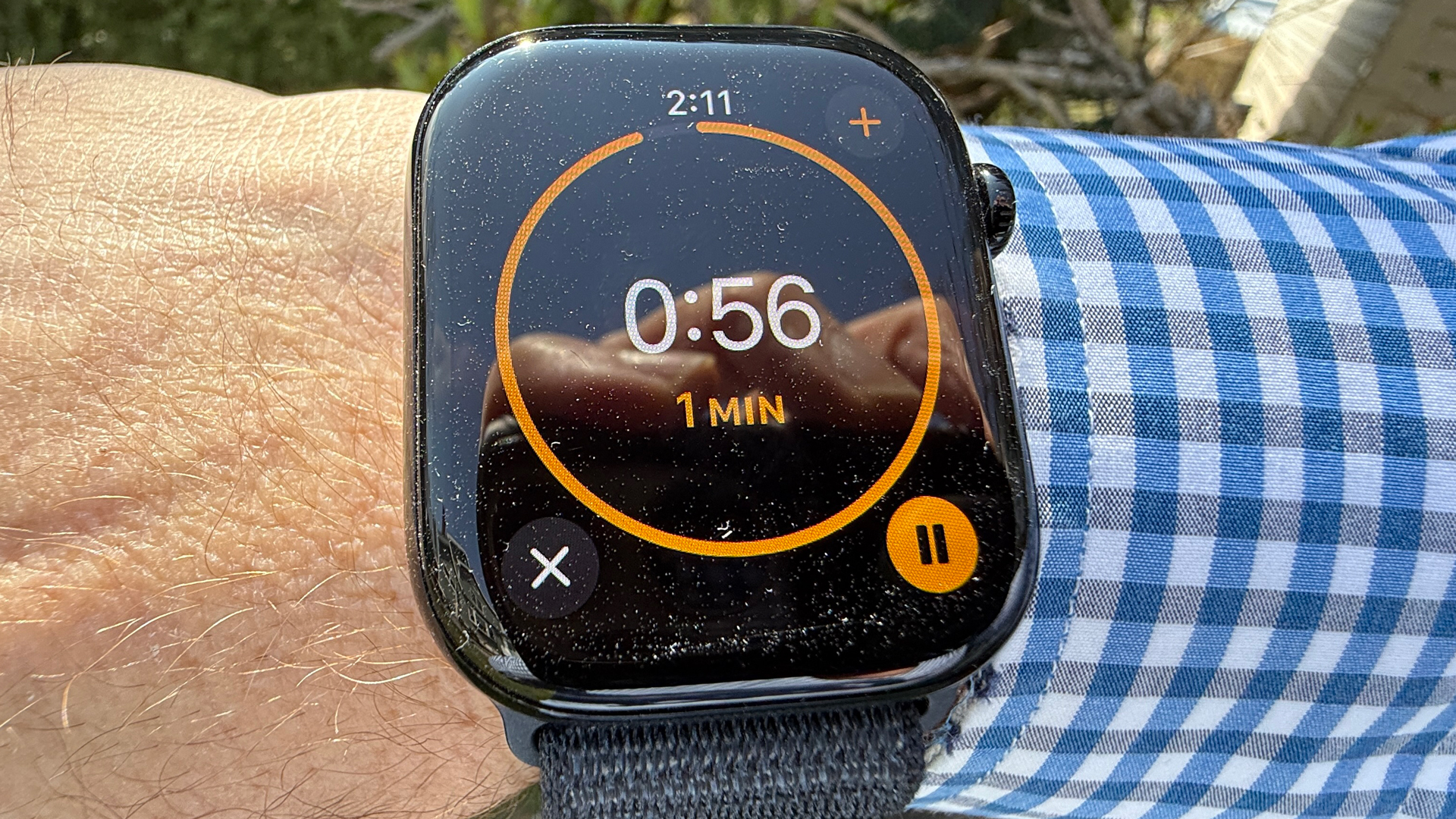
It's also been nearly a decade since I used a traditional timer. I'm forever hooked on raising my wrist and telling Siri to set a timer for 5 minutes.
I know you might be reading this thinking, "Of course, you're wearing the Apple Watch all the time, and you're a fan. You love everything Apple makes."
A decade ago, though, there was no certainty. I remember Tim Cook talking about how many early Apple Watch owners were wearing the smartwatch often but not necessarily all the time. I didn't think that the majority of people would give up wearing traditional watches for the Apple Watch. In truth, I thought we were culturally over watches and, with a timekeeper in our pockets (the iPhone), why did we even need this wearable?
However, the Apple Watch was always destined to be far more than a watch replacement or even an iPhone accessory.
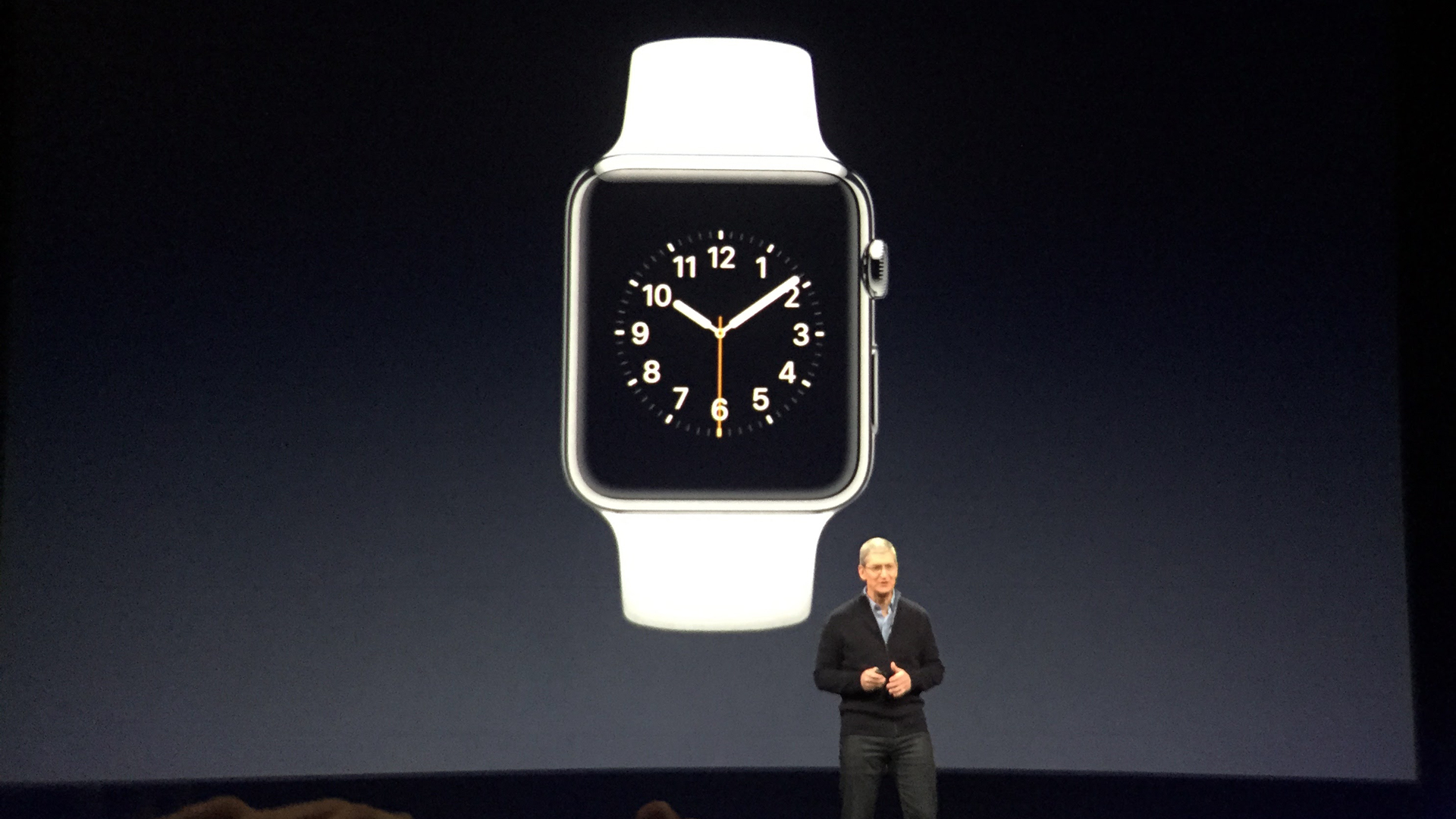
It quickly proved itself as an able and valuable stand-alone device. Plus, Apple's efforts to make it more of a health and fitness tracker have paid dividends. Stories of the watch's life-saving monitoring capabilities (across heart health, sleep apnea, and stability) continue to grow, often sounding like ubran myths, but all based in remarkable fact.
Throughout the decade, Apple has expertly guided the wearable to success, building a rich set of capabilities and options (across style, size, and price) that attract a wide set of users. It's a path Apple is still trying to carve out for its other wearable, the Vision Pro. It, however, is the opposite of the Apple Watch: an expensive tech demo in search of a purpose. The Apple Watch is all-purpose, and that, I think, is what attracted me and so many others. The style and fun watch faces, like my favorite, the Snoopy watch Face, are bonuses.
Personally, I can't wait to see what the next decade of Apple Watch brings.
You might also like
- Apple is reportedly planning a huge future Apple Watch upgrade to turn it into an AI device with onboard cameras
- 7 hidden features on your Apple Watch you should start using right now
- I've been wearing an Apple Watch for 10 years – these are the 5 settings I change right out of the box
- I've been using an Apple Watch for 10 years – here are three common mistakes even I've made







